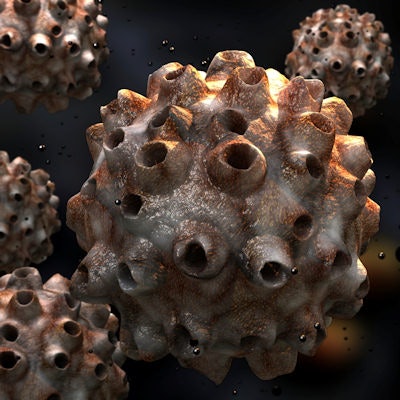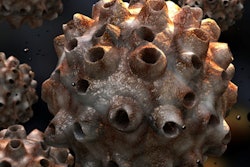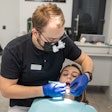
The number of U.S. adolescents who have received the human papillomavirus (HPV) vaccine has increased five percentage points annually since 2013, according to a new report from the U.S. Centers for Disease Control and Prevention (CDC).
Researchers analyzed data from a 2017 immunization survey for almost 21,000 adolescents and historic data to estimate U.S. adolescent vaccination coverage. During 2016-2017, the percentage of those who received at least one dose of the HPV vaccine series increased from 60.4% to 65.5%. Their findings were published in Morbidity and Mortality Weekly Report (August 24, 2018).
"The 5.1 percentage point annual increase in series initiation among all adolescents since 2013 is encouraging," wrote the study authors, led by Tanya Walker, MPH, of the Immunization Services Division of the CDC's National Center for Immunization and Respiratory Diseases.
Increases by birth year
Routine vaccinations with the HPV vaccine are recommended for children ages 11 to 12. Historic data from the National Immunization Survey on U.S. teenage children have shown an increase in HPV vaccination rates each year since 2006, but the researchers wanted to see if these increases continued in the most recent survey.
They used data from the 2017 National Immunization Survey, an annual survey that estimates vaccination coverage among adolescents ages 13 to 17 in the 50 U.S. states, the District of Columbia, and selected local areas and territories. The survey is conducted via phone among parents and guardians of eligible adolescents. Parents are then mailed a questionnaire requesting the vaccination history from the teen's medical record, which is used to estimate vaccination coverage.
The researchers found that HPV vaccination initiation by age 13 increased an average of 5.9 percentage points for each birth year from 19.6% (1998 birth cohort) to 56.3% (2004 birth cohort).
In addition, HPV vaccination rates differed by state, ranging from just under 47% in Wyoming to almost 92% in the District of Columbia. The largest average annual increases were in Virginia (8.5 percentage points), District of Columbia (7.5 percentage points), Montana (7.4 percentage points), and Arkansas, Iowa, Utah, and El Paso, TX (7.3 percentage points).
Dosage changes
The researchers noted five limitations to their study:
- The overall household response rate was 25.7%, and only 53.6% of landline-completed and 47.1% of cellphone-completed interviews included adequate provider data.
- Bias in estimates might remain after adjustment for household and provider nonresponse and phoneless households.
- Estimates stratified by state/local area might be unreliable because of small sample sizes.
- Multiple statistical tests were conducted, and a small number might be significant because of chance alone.
- Because the survey included adolescents ages 13 to 17, data on the receipt of other vaccines at age 18 or younger could not be collected. This might mean that reported coverage may underestimate the proportion of adolescents receiving the vaccines.
The study authors also reported that the recommended change in December 2016 from a three-dose HPV vaccine schedule to a two-dose schedule might encourage on-time initiation of the series and facilitate completion. It is, however, too early to assess the impact of this change, they added.
The authors also noted that HPV vaccination rates remain lower than rates for other vaccines, suggesting ongoing challenges to providing all three vaccines during the same patient visit.
"The increase in HPV vaccination coverage indicates that further efforts to address barriers to HPV vaccination initiation and series completion likely will lead to greater protection against HPV-associated cancers," they concluded.


















